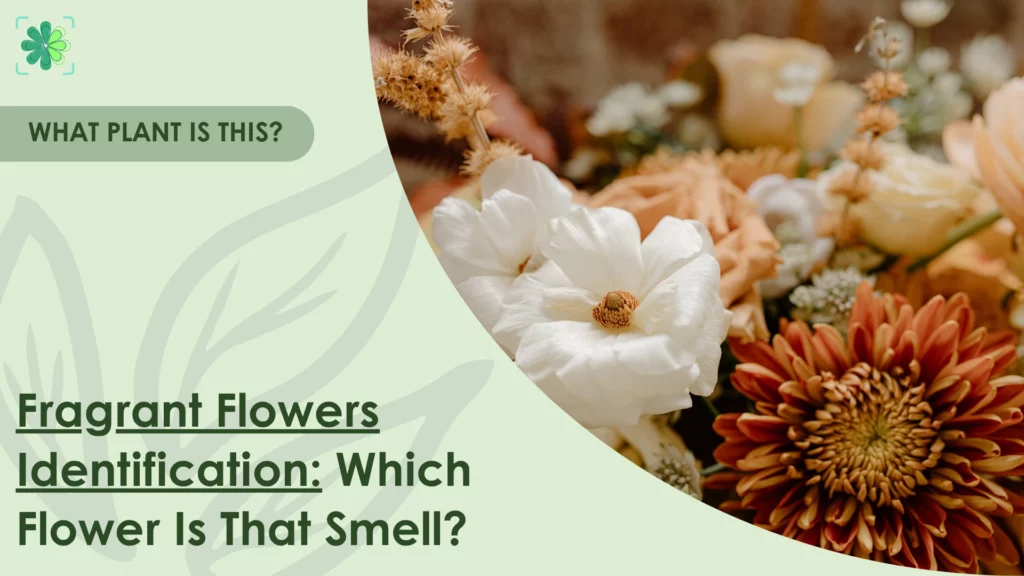
If you’ve ever caught a whiff of something sweet or citrusy and wondered which flower it came from, this fragrant flowers identification guide is for you. We’ll explore how floral scents work, what time of day they’re strongest, and how to match smells with flower types. With examples from roses to tuberose, you’ll learn to use scent as a reliable clue. It’s all about noticing the little details your nose already picks up.
How Fragrance Works in Flowers?
Flowers produce scent to attract pollinators. It’s how many plants survive and reproduce. The scent helps guide insects, such as bees, butterflies, and moths, to the flower’s nectar and pollen.
There are many types of floral scents. Some are sweet and light, like rose or lily. Others can be citrusy, spicy, musky, or even earthy. These differences often match the flower’s pollinator. For example, bees are drawn to sweet, flowery scents, while night-blooming plants like jasmine release a more pungent floral fragrance after sunset to attract moths.
Scent strength also depends on timing. Many flowers smell strongest early in the morning or late in the evening, depending on their blooming cycle. This is useful for fragrant flowers identification, since scent can help tell lookalike flowers apart, especially when color and shape aren’t enough.
Scent-Based Flower Identification: What to Smell For?
Some flowers may look nearly identical, but their scent tells a completely different story. That’s why fragrant flowers identification often comes down to training your sense of smell just as much as your eyes.
Start by sniffing flowers at different times of day — early morning and dusk are usually when floral scents are strongest. You can also gently rub a petal or leaf to release more aroma, but be careful not to damage the plant. Over time, you’ll begin to recognize common scent categories that can help you narrow down what you’re smelling. Here are a few scent types to pay attention to:
- Sweet and Romantic: Found in roses, peonies, and gardenias. These rich, classic flowery scents are soft but instantly recognizable.
- Citrusy and Bright: Flowers like freesia and orange blossom give off fresh, zesty notes (great for daytime sniff tests).
- Spicy or Herbal: Tuberose, lavender, and marigold fall into this group. Their warm or sharp edges stand out even in a crowded garden.
- Unusual or Strong Scents: Magnolia and lily of the valley are powerfully fragrant, while others, such as the corpse flower, emit foul-smelling odors to attract specific pollinators.
Once you’ve smelled a few of these side by side, you’ll begin building scent memory. It’s a key tool in fragrant flowers identification, especially when visual traits overlap or fade out of season.
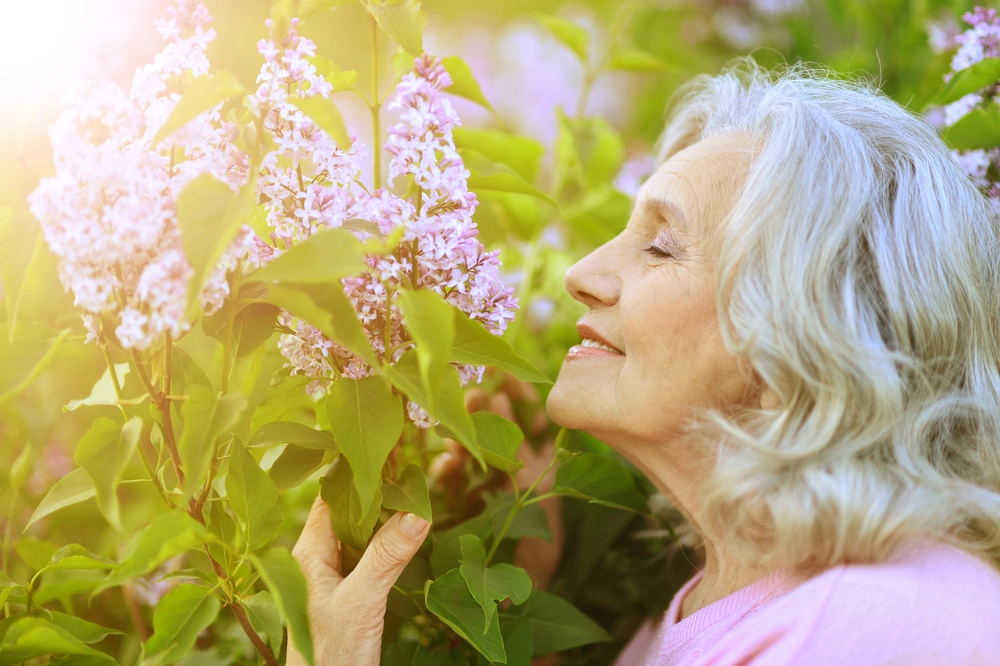
Visual Traits That Help You Identify Fragrant Flowers
One of the first things to notice is the petal structure. Many highly scented flowers have large, full, and layered petals. These ruffled or multi-petaled designs help hold and slowly release floral oils.
In contrast, flowers with thick, waxy petals (like magnolia or gardenia) are built to trap and protect scent molecules, allowing the fragrance to last longer in warm or humid air. Look for:
- Ruffled or layered petals (e.g., roses, peonies) – often paired with classic sweet or romantic scents
- Waxy petals (e.g., gardenia, magnolia) – thick and smooth, good at holding scent in tropical or damp climates
- Tubular or trumpet-shaped petals (e.g., jasmine, honeysuckle) – designed to release scent in a focused way to attract specific pollinators
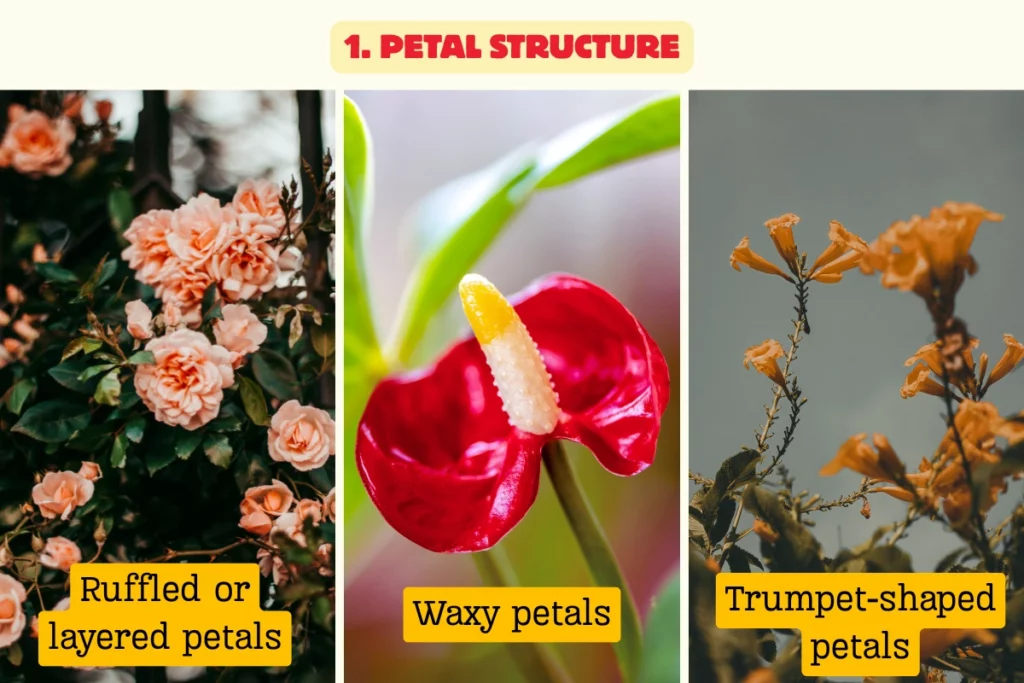
The leaves can also offer subtle cues. Some fragrant flowers have glossy, dark green foliage, especially on shrubs like lilac or mock orange. Other plants, such as lavender or tuberose, have narrow or grey-green leaves with a slightly fuzzy texture, and in some cases, the leaves themselves emit a light aroma when touched or crushed.
Look for:
- Glossy, deep green leaves – often found on heavily scented woody shrubs
- Silvery or soft-textured leaves – common in plants adapted to dry climates, like lavender
- Aromatic foliage – especially in herbs or Mediterranean species (e.g., mint, rosemary)
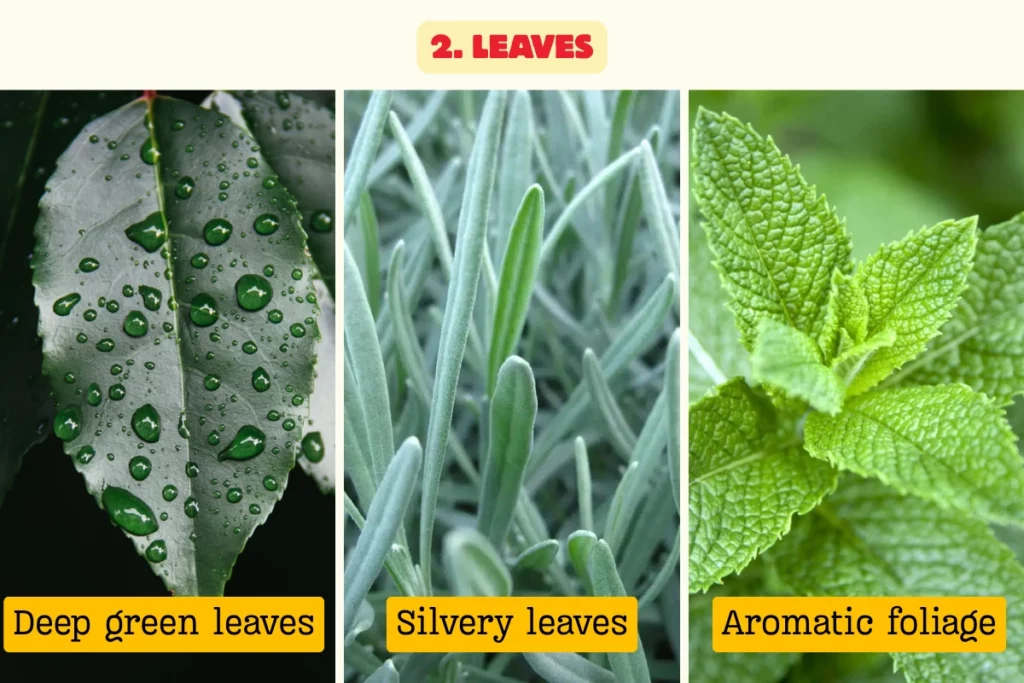
Next, consider the growth habit. How a plant grows — whether it’s a low herbaceous flower or a climbing vine — can influence how its scent travels. Vines like jasmine and honeysuckle often spread fragrance over wide areas, while compact shrubs like gardenia concentrate scent closer to the plant. Trees like champaca or magnolia release their fragrance higher up, and their scent tends to drift down with the breeze.
Look for:
- Shrubs: dense flowering with rich scent pockets (e.g., lilac, mock orange)
- Vines: long reach, often very fragrant in early morning or evening (e.g., jasmine)
- Trees: large, showy flowers with bold, spreading aroma (e.g., magnolia, ylang-ylang)
- Herbaceous plants: small-stature blooms, often strongly scented at close range (e.g., sweet pea, tuberose)
Finally, bloom size and timing matter more than most people realize. Many fragrant flowers bloom during spring or early summer, aligning with peak pollinator activity — an important cue in fragrant flowers identification.
Others, like evening primrose or night-blooming jasmine, release their scent after sunset to attract moths. Large blooms generally emit more scent, but small flowers like lily of the valley prove that size isn’t everything when it comes to power. Keep in mind:
- Spring to early summer = peak bloom time for most fragrant species
- Night bloomers (e.g., jasmine, night phlox) = stronger scent in late evening
- Large blooms = more surface area to store and release scent
- Small, clustered blooms = intense scent in concentrated bursts (e.g., alyssum, lily of the valley)
Top Fragrant Flowers and How to Identify Them
Some flowers are famous not just for how they look, but for how unforgettable they smell. From soft, sweet notes to bold herbal or musky tones, these blooms often serve as benchmarks in fragrant flowers identification, helping you build scent memory alongside visual cues.
Sweet and Floral Scents
1. Rose
One of the most iconic flowers, roses come in thousands of varieties.
- Scent: Classic sweet, romantic, sometimes with tea-like or fruity undertones
- Key traits: Layered, ruffled petals; thorny stems; compound leaves with serrated edges
- Season: Late spring through fall, depending on variety
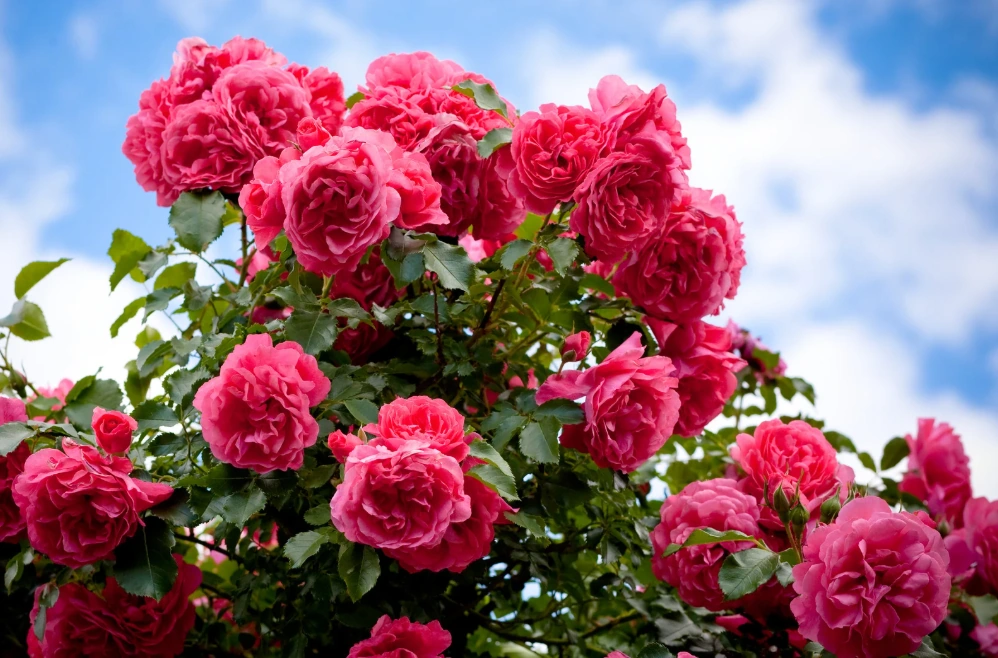
2. Jasmine
A delicate white or yellow flower, often seen on climbing vines or shrubs.
- Scent: Intense and sweet, strongest in the evening
- Key traits: Star-shaped, tubular flowers; slender, vining stems; small glossy leaves
- Season: Summer to early fall
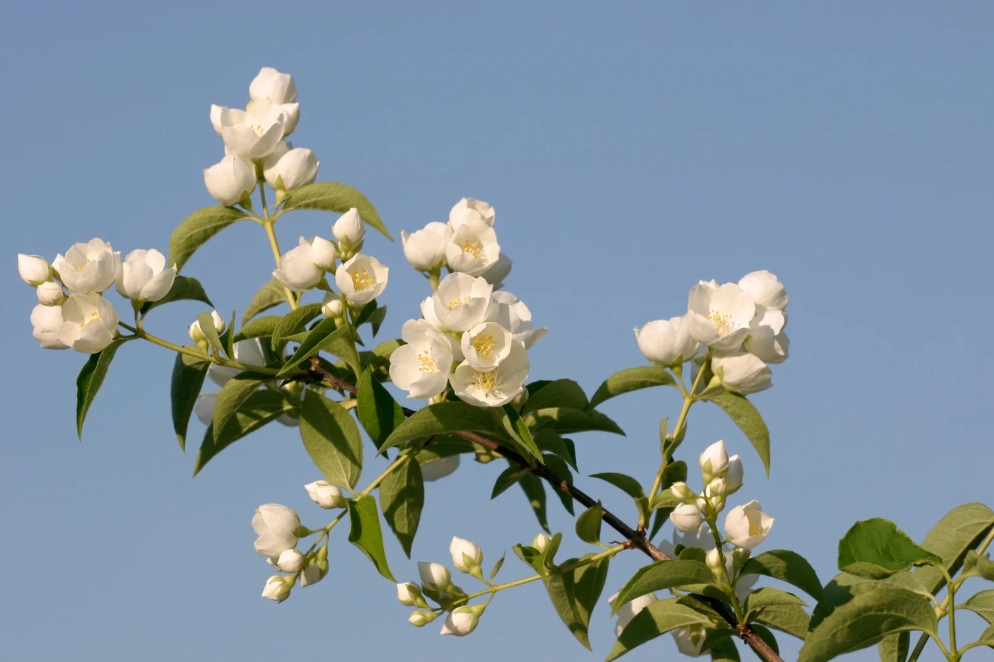
3. Gardenia
A creamy white flower with thick, waxy petals.
- Scent: Heavy, rich, and slightly spicy
- Key traits: Glossy, dark green leaves; shrub form; large blooms up to 4 inches wide
- Season: Late spring to mid-summer
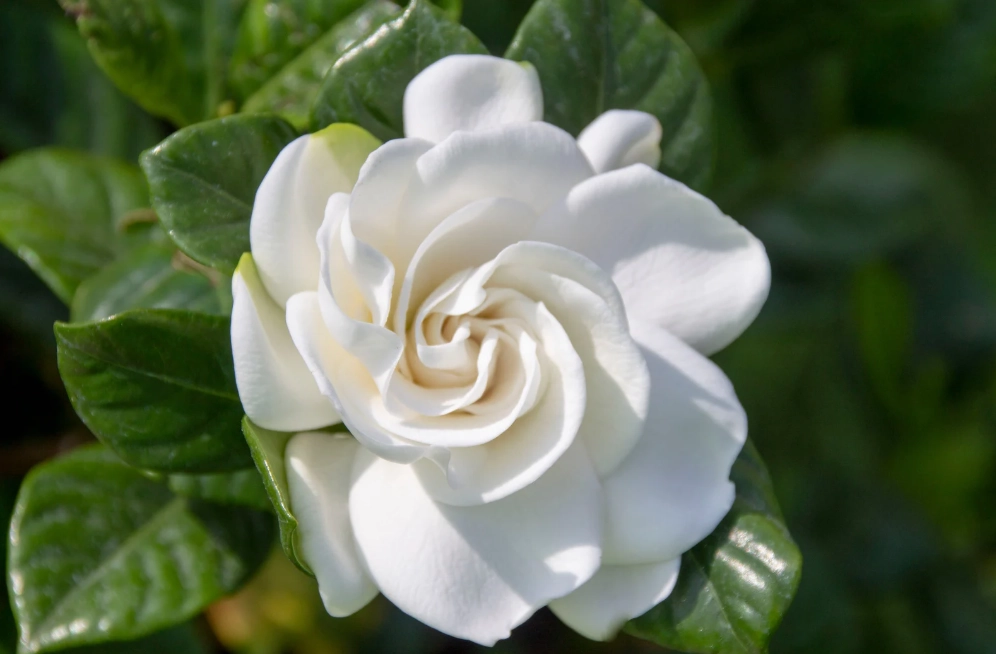
4. Peony
A lush, full-petaled flower that thrives in cool climates.
- Scent: Fresh and lightly sweet, though scent varies by type
- Key traits: Large, bowl-shaped blooms; divided leaves; herbaceous perennial growth
- Season: Late spring to early summer
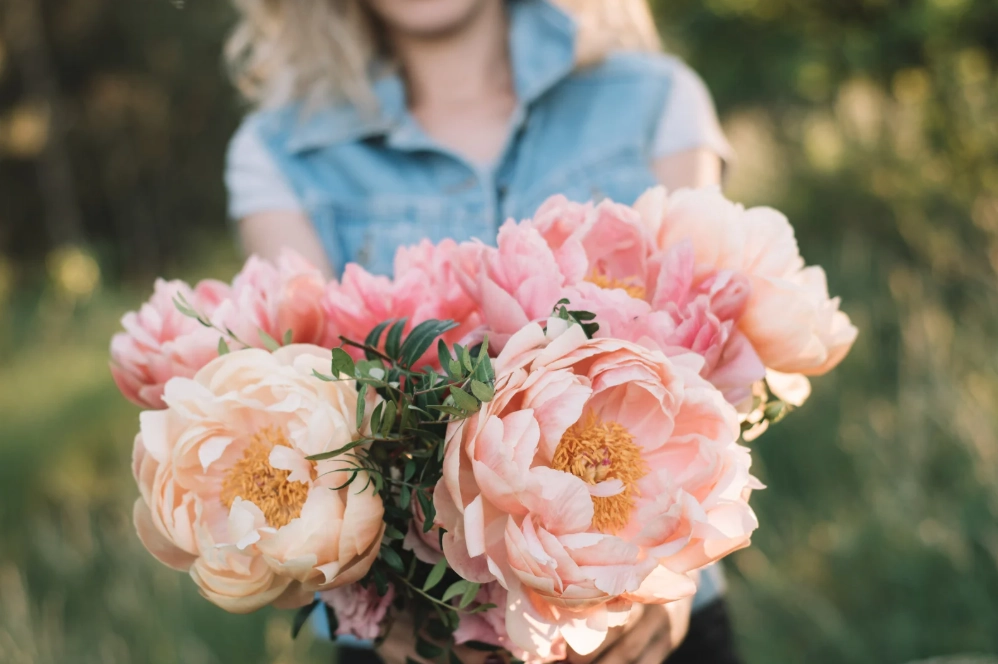
Spicy, Herbal, or Citrusy Scents
1. Honeysuckle
A climbing vine with trumpet-shaped blooms that are both decorative and fragrant.
- Scent: Sweet with a hint of spice, especially strong at dusk
- Key traits: Tubular flowers in yellow, white, or pink; opposite leaves; twining stems
- Season: Late spring through summer
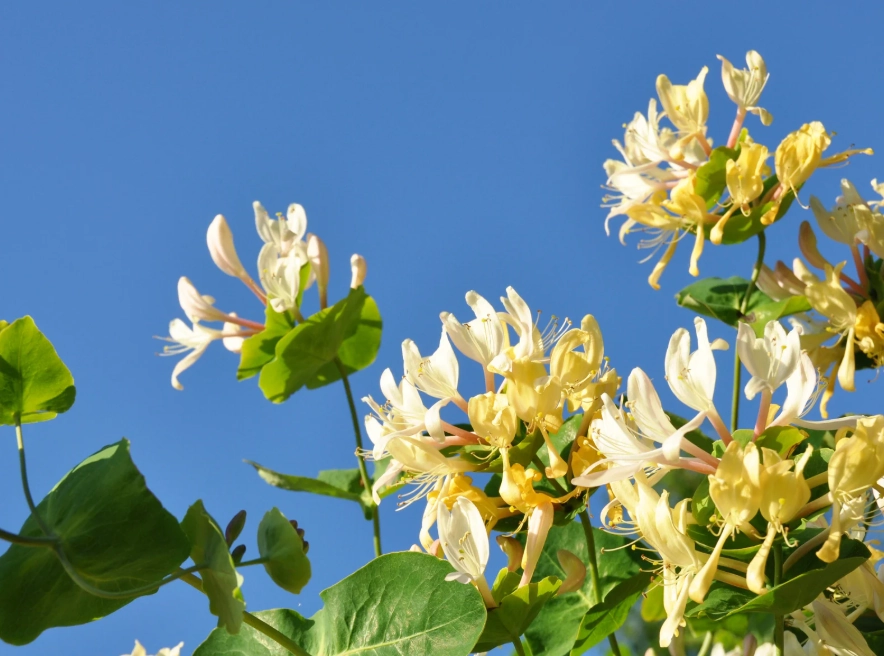
2. Lavender
Well-known for its calming scent and silvery leaves.
- Scent: Clean, herbal, slightly sweet
- Key traits: Narrow purple flower spikes; gray-green, needle-like foliage
- Season: Early to mid-summer
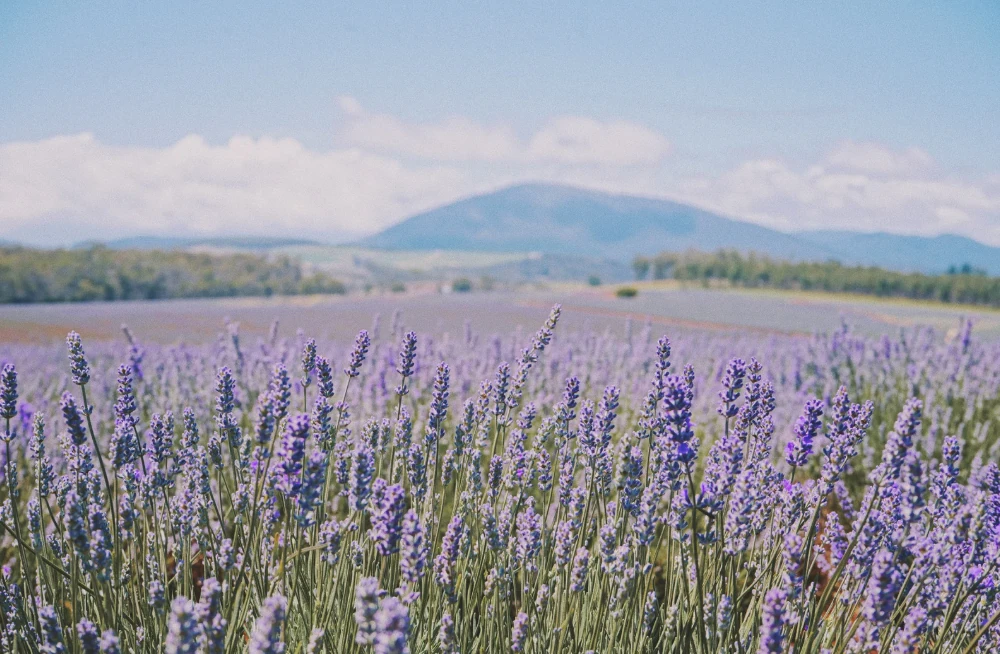
3. Freesia
Popular in bouquets for both scent and color.
- Scent: Fresh, citrusy, and light
- Key traits: Funnel-shaped flowers on one-sided stalks; sword-shaped leaves
- Season: Late winter to spring (in warmer climates)
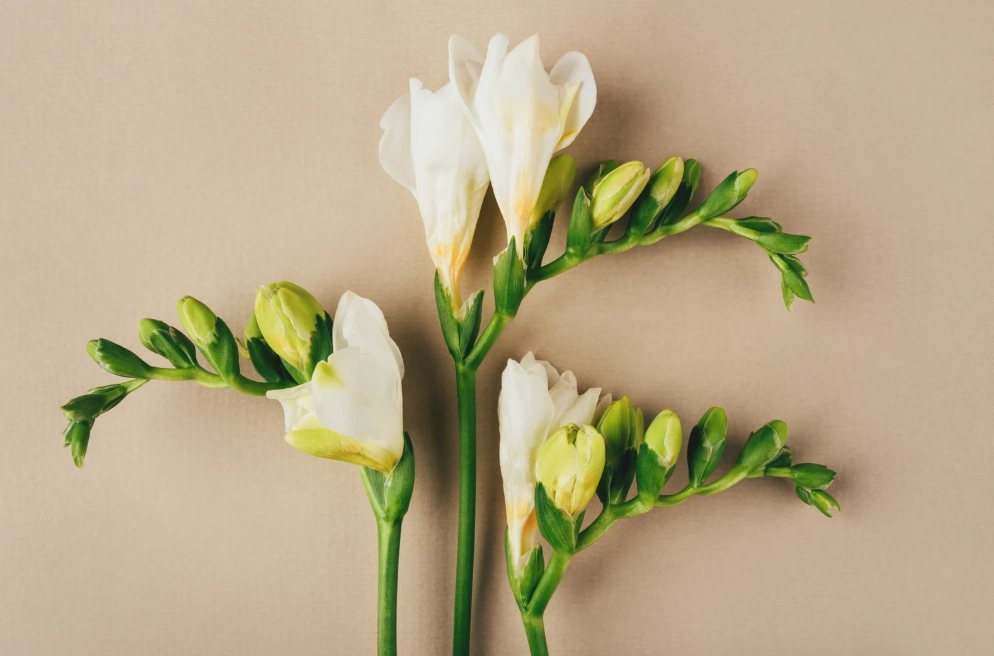
4. Tuberose
A tall, striking flower often used in perfumery.
- Scent: Spicy, creamy, and strong, especially in the evening
- Key traits: Clusters of white, waxy flowers; long upright stems; grass-like leaves
- Season: Late summer to early fall
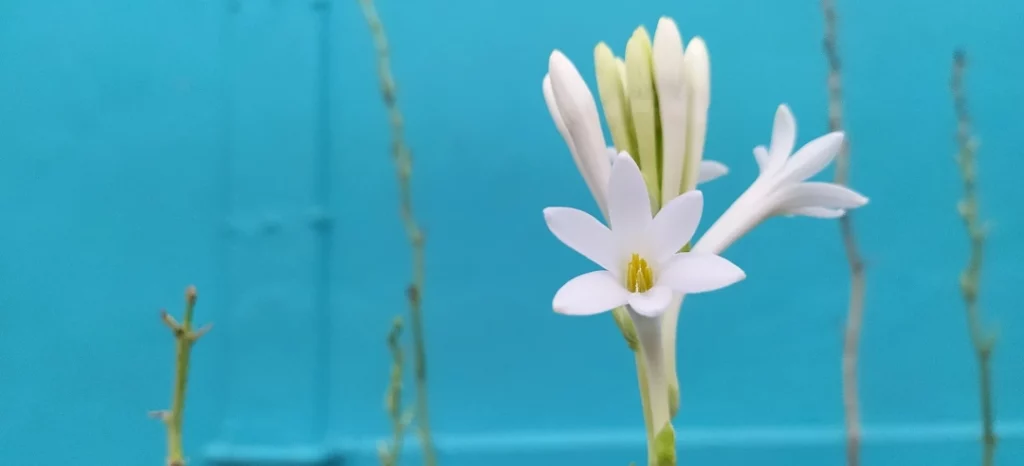
Unique or Strong-Smelling Flowers
1. Magnolia
A tree or large shrub with oversized, showy blooms.
- Scent: Bold, lemony, and slightly creamy
- Key traits: Waxy petals; thick, glossy leaves; blooms can reach 10 inches wide
- Season: Spring through early summer
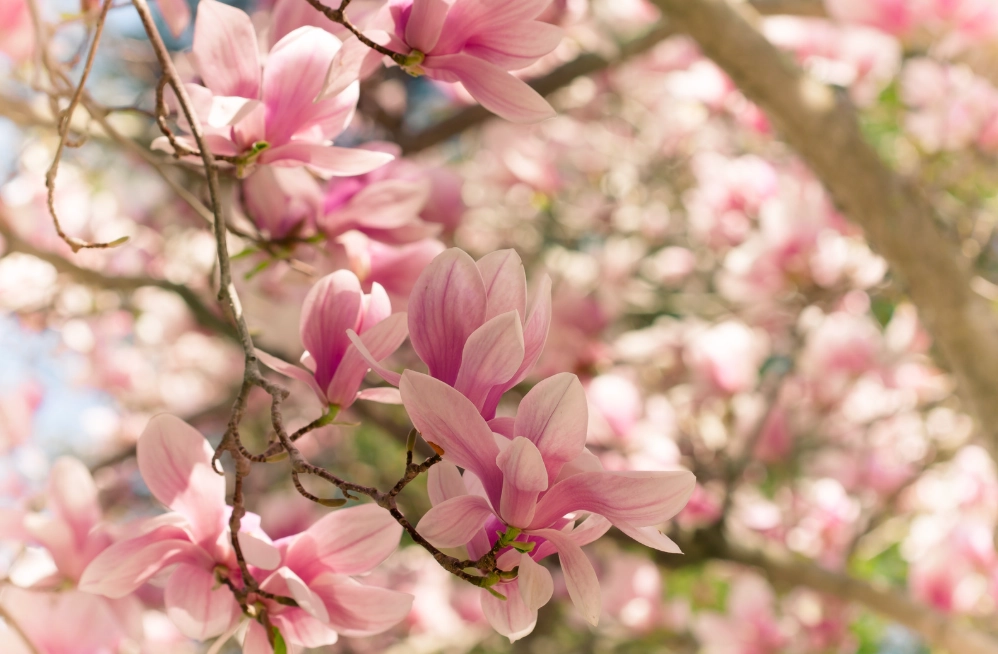
2. Lily of the Valley
Tiny but powerfully scented bell-shaped flowers.
- Scent: Intense, sweet, and almost powdery
- Key traits: Small white nodding flowers; two long basal leaves; grows in shady woodlands
- Season: Mid to late spring
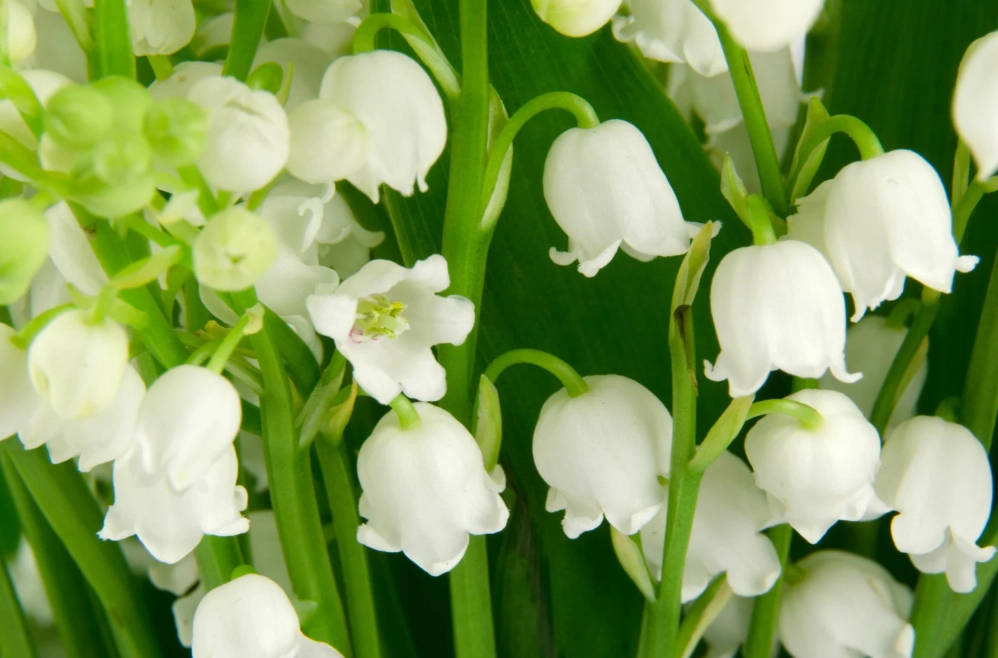
3. Wisteria
Known for cascading clusters of purple or white blooms.
- Scent: Sweet, slightly musky or grape-like
- Key traits: Pendulous flower clusters; climbing vines; pinnate leaves
- Season: Mid to late spring
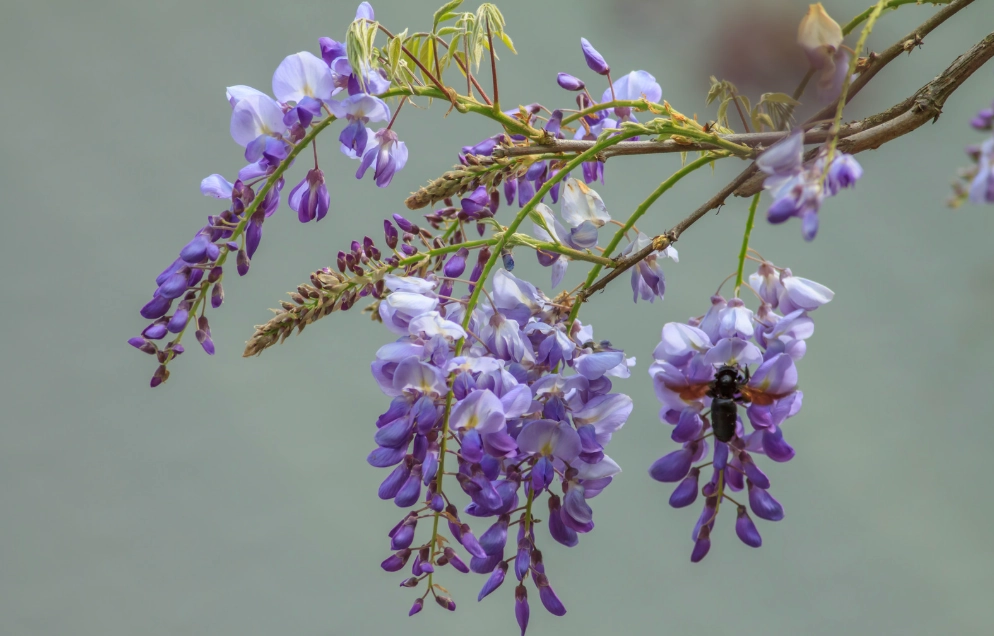
4. Ylang-Ylang
Native to tropical regions, often used in perfumes.
- Scent: Exotic, fruity, and slightly rubbery when fresh
- Key traits: Long yellow-green petals; evergreen tree form; drooping flowers
- Season: Year-round in warm climates
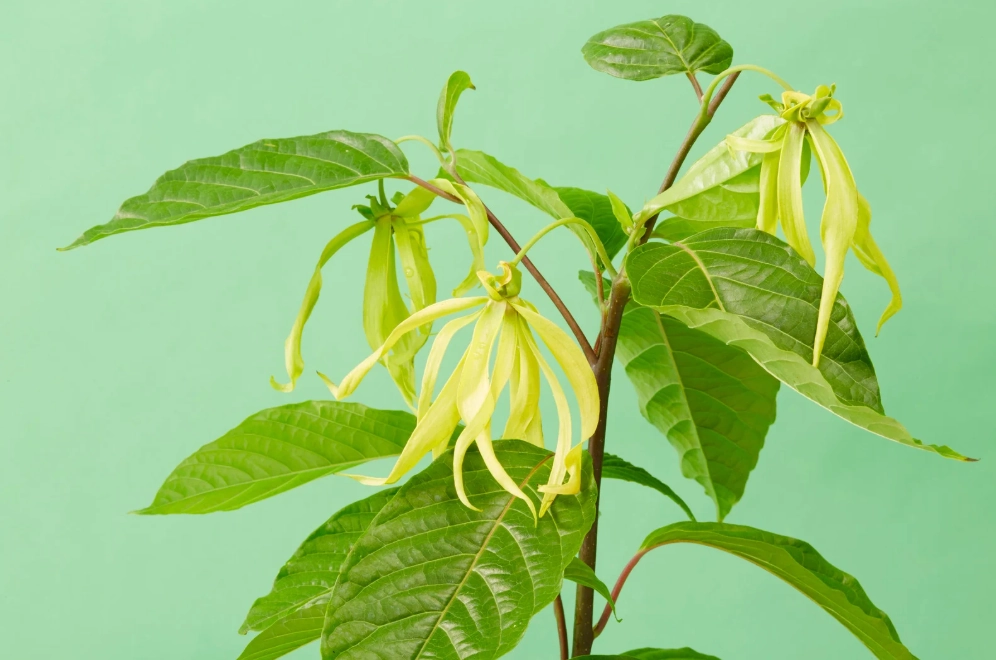
5. Paperwhite (Narcissus)
A popular winter bulb with polarizing scent.
- Scent: Strong, musky, sometimes sharp or soapy
- Key traits: Small white blooms; narrow leaves; upright stalks
- Season: Late fall to winter (indoors or mild climates)
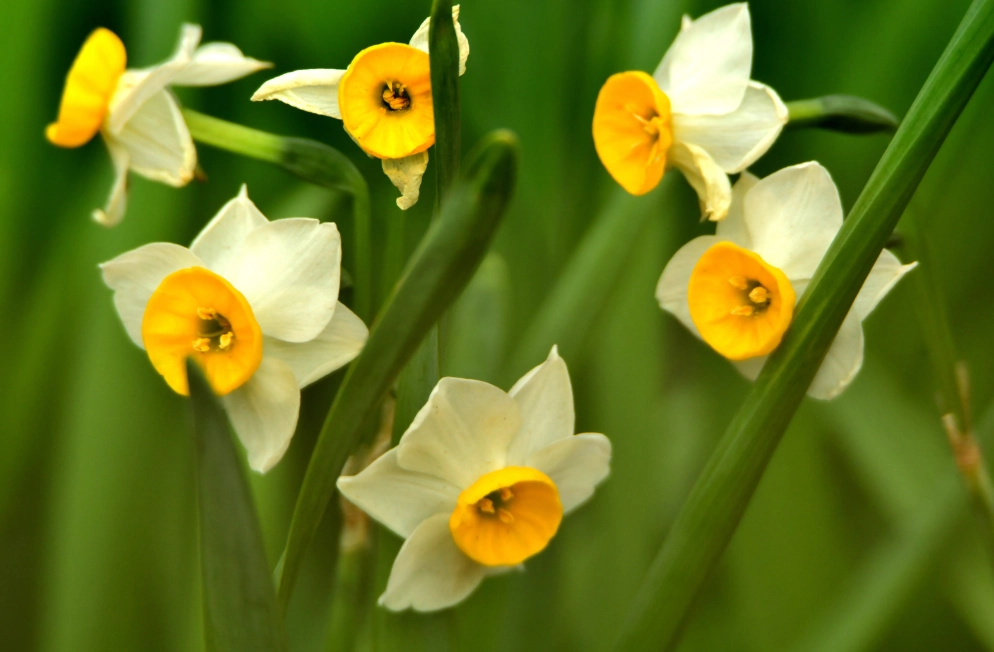
6. Corpse Flower (Amorphophallus titanum)
A rare botanical oddity known for its odor.
- Scent: Smells like rotting meat to attract carrion insects
- Key traits: Giant single flower; dark burgundy spathe; can grow over 6 feet tall
- Season: Highly unpredictable, often years between blooms
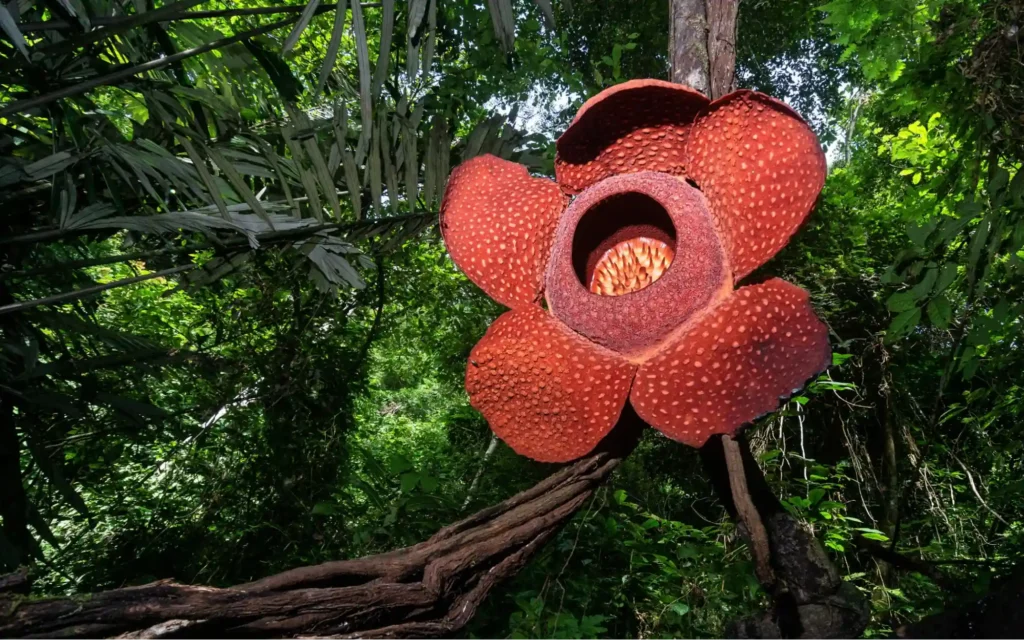
Tips for Identifying Fragrant Flowers in the Wild or Garden
Scent can be subtle and easy to miss if you’re not paying attention. These quick tips will help make your fragrant flowers identification more accurate and consistent.
- Time your sniff test: Most flowers are most fragrant early in the morning or just after sunset, when the air is cooler and still. During midday heat, fragrance often fades faster or becomes less noticeable.
- Build your scent memory: Try linking a flower’s scent to its shape, leaf texture, or even the location where you found it. Over time, this helps you recognize patterns and make faster, more confident IDs.
- Watch for deceptive lookalikes: Many hybrid flowers, like double-bloom roses or tulips, may look like they should be scented but aren’t. Always confirm by smell. Don’t rely on appearance alone.
- Check the plant’s condition: Cut flowers, heat-stressed blooms, or older blossoms may have reduced or no scent. This can lead to misjudgments during fragrant flowers identification, especially in harsh weather or with store-bought stems.
- Smell with care: Gently test both petals and leaves. Some plants, like lavender or mint, store fragrance in their foliage as much as in the flowers.
Bonus: Planning a Scented Garden
Not only will a scented garden fill your space with beautiful aromas, but it will also give you daily, hands-on practice with fragrant flowers identification. This is how to plan a garden that delivers year-round fragrance:
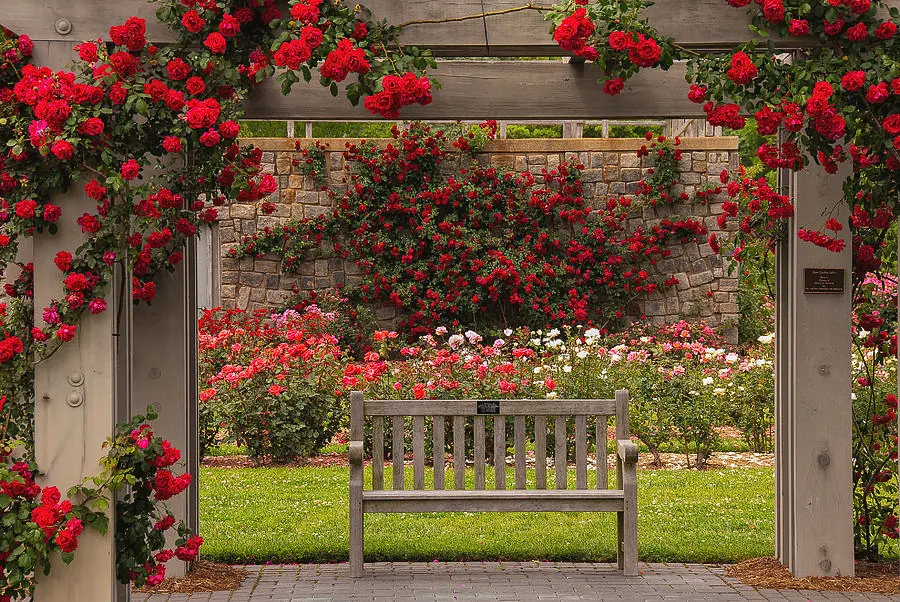
Step 1: Choose seasonal bloomers:
- Spring: hyacinths, lilacs, sweet violets
- Summer: roses, jasmine, lavender, gardenia
- Fall: sweet alyssum, tuberose, heliotrope
Step 2: Balance your scent types – Combine soft, sweet floral notes (like peonies or mock orange) with stronger, spicy or herbal scents (like dianthus or rosemary). This keeps your garden from becoming overpowering and gives it depth.
Step 3: Place flowers where scent matters – Plant fragrant varieties near entryways, patios, or windows that catch the breeze. You’ll enjoy the aroma more often without even trying.
Step 4: Pick plants suited to your climate:
- Native varieties (like bee balm or wild phlox) are more low-maintenance and thrive with little effort.
- Exotic species (like ylang-ylang or gardenia) may need containers, greenhouses, or warmer growing zones.
Understanding what grows well in your area also supports stronger fragrant flowers identification, since local conditions affect both bloom success and scent release.
Conclusion
You don’t need to be a botanist to enjoy fragrant flowers identification. With a bit of scent memory and visual clues, anyone can learn to tell these flowers apart. Planteyes makes it even easier. Just snap a photo and discover what you’re smelling.
FAQs
What flowers have the most pungent scent?
Some of the most powerfully scented flowers include jasmine, gardenia, tuberose, lily of the valley, and rose. Their oils are so intense that they’re often used in perfumes.
Can I identify a flower just by its smell?
Not always. Scent helps narrow things down, but it’s best paired with visual clues, such as petal shape and leaf structure. Use fragrant flowers identification as part of a multi-sensory approach.
Are there apps that recognize flowers by scent or photo?
There aren’t any that detect scent directly yet, but apps like Planteyes let you upload photos and describe the smell to help refine search results.
Why do some flowers smell great but not in a bouquet?
Fragrance fades after cutting. Heat, dehydration, or the absence of key plant parts (such as leaves or stems) can reduce scent. Additionally, some varieties bred for their appearance have little to no fragrance.


